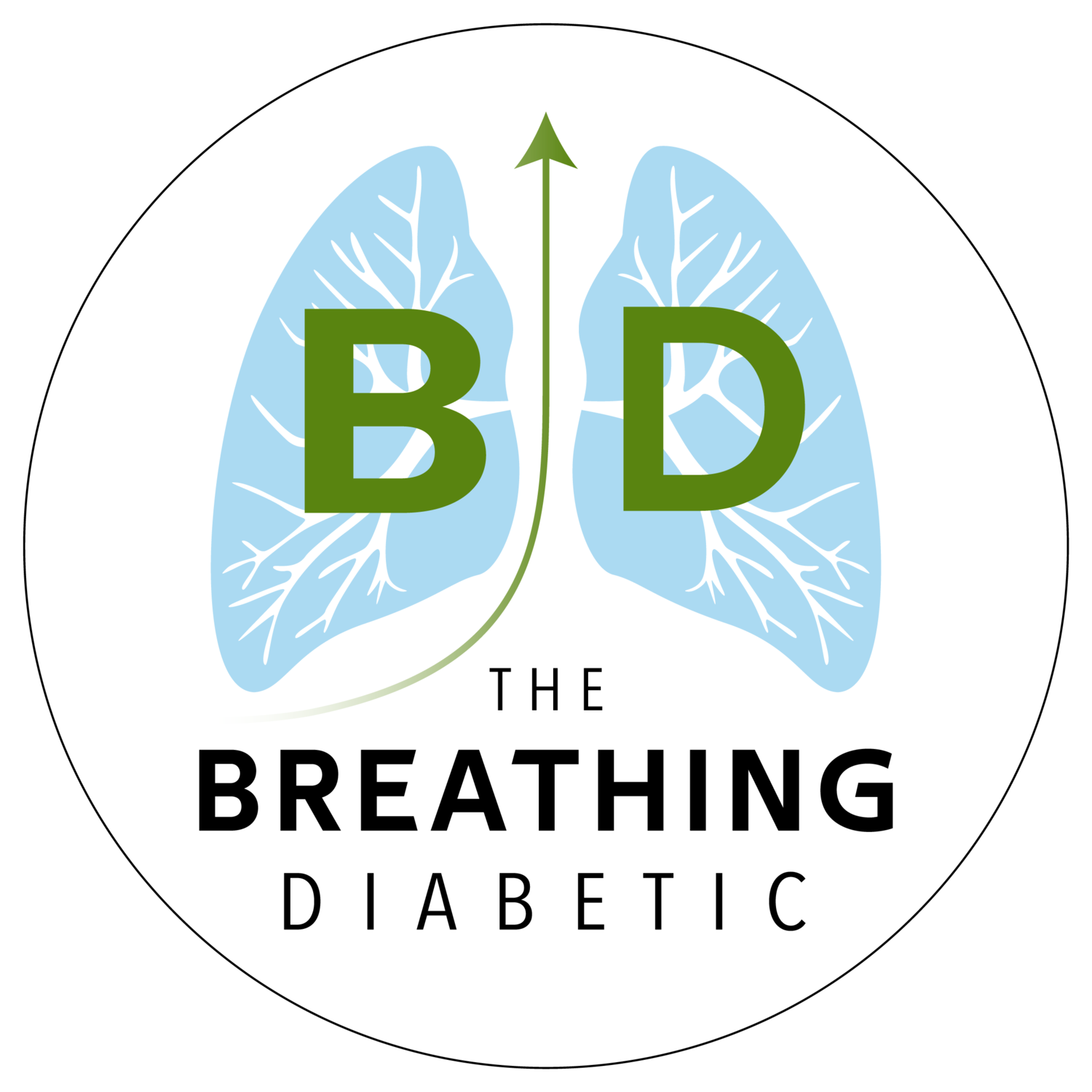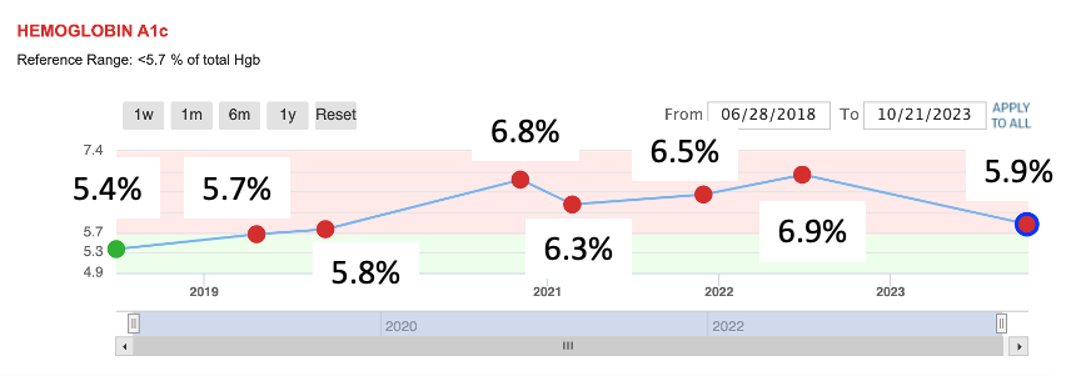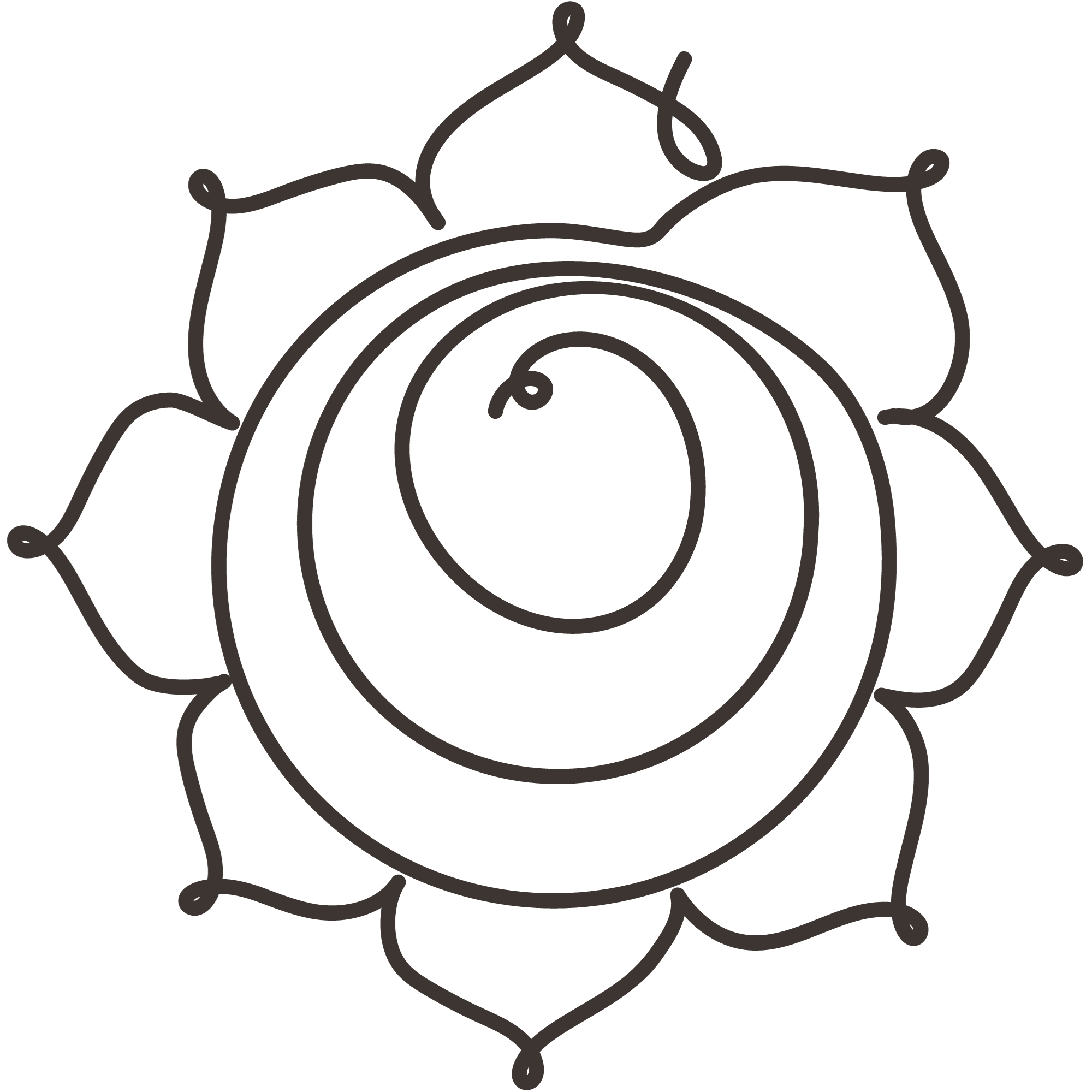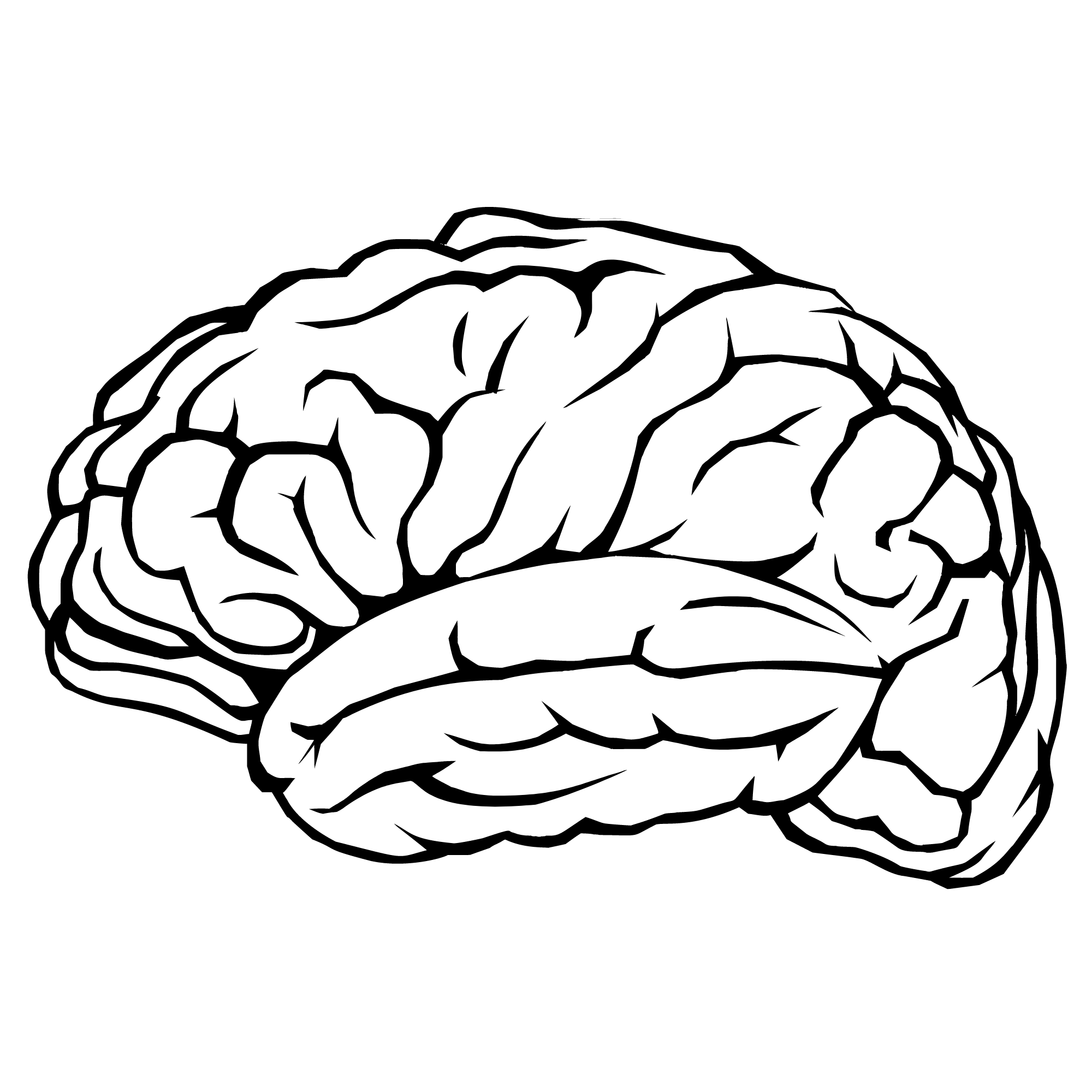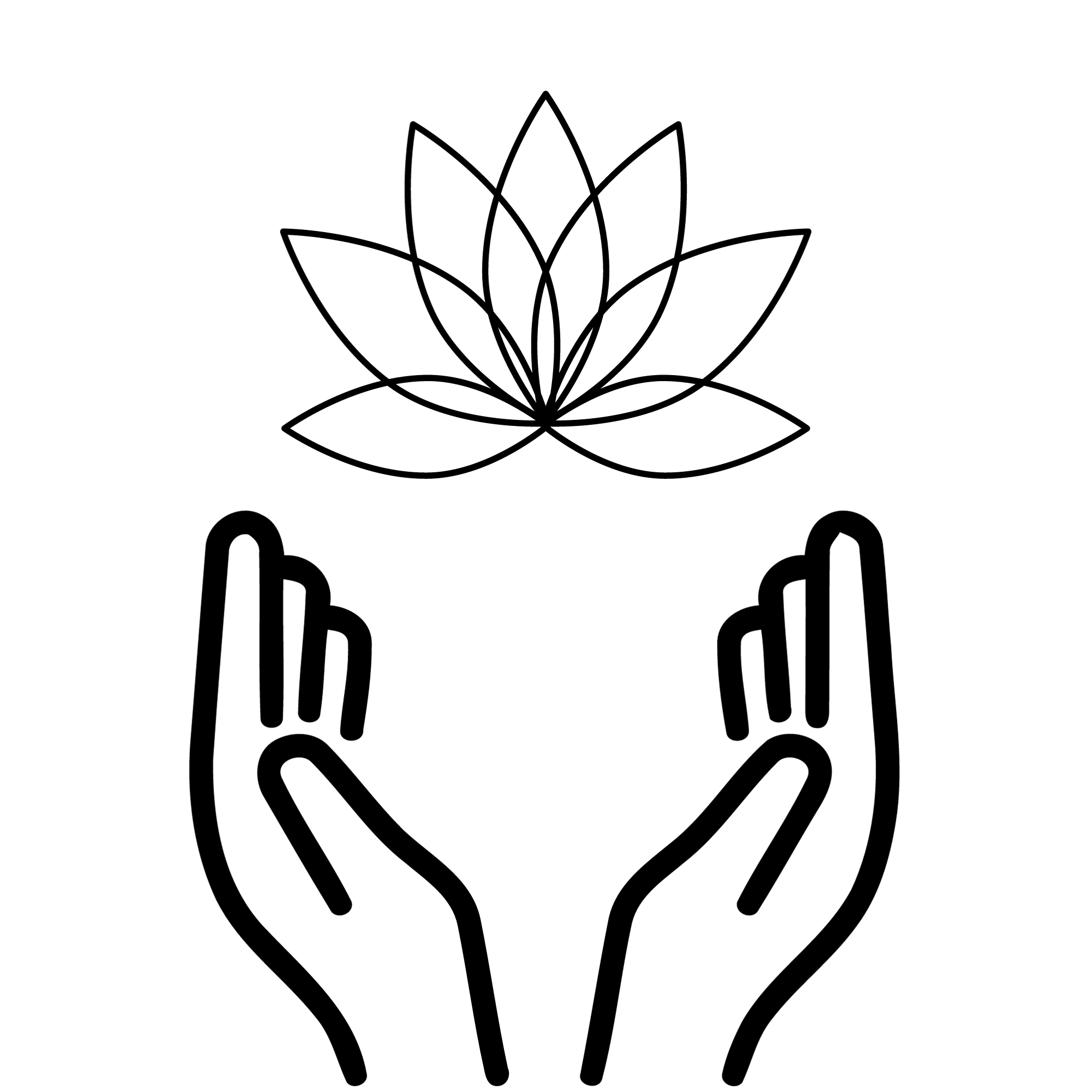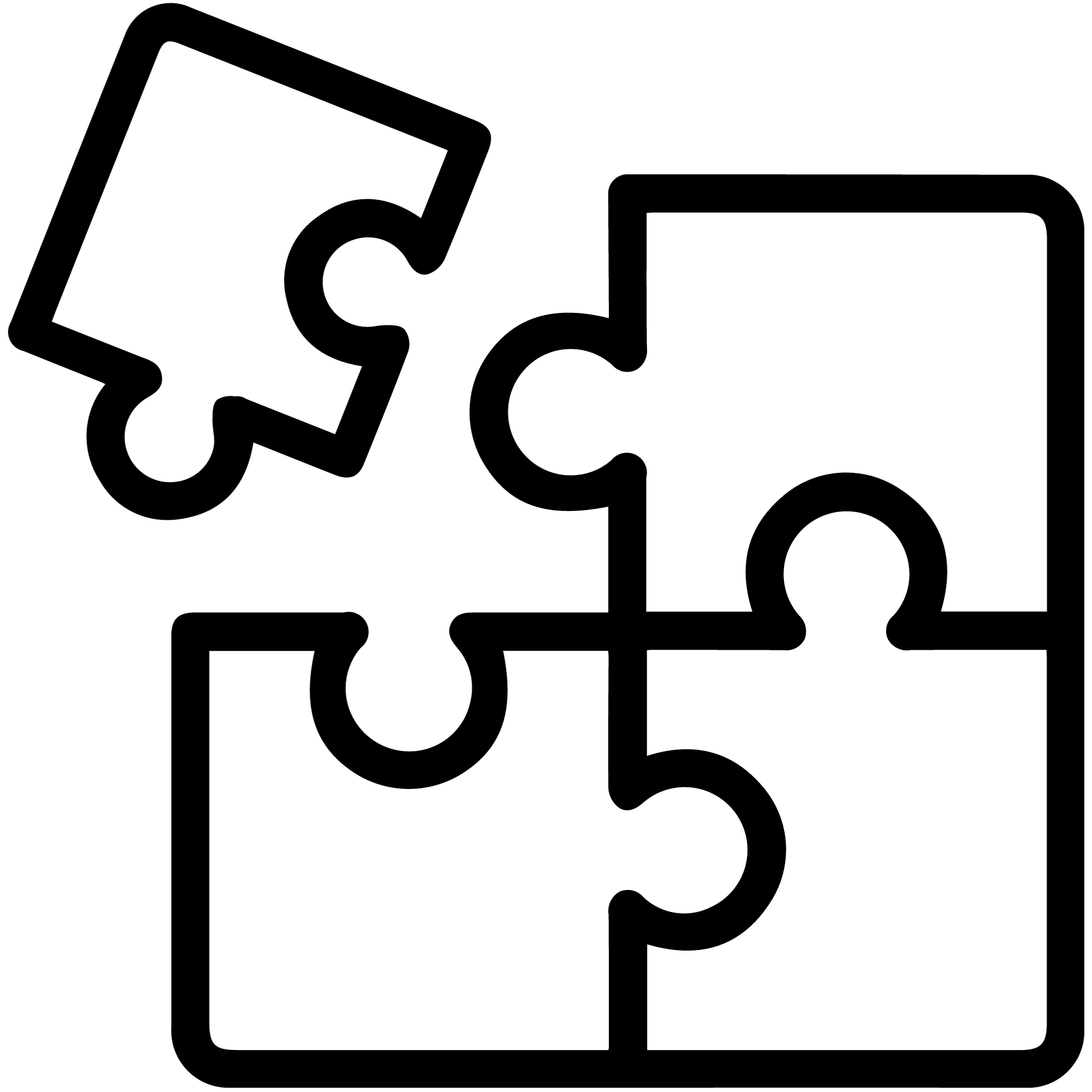Nick Heath, Ph.D., T1D for 25 years
A Caring, Non-Diabetic Approach to Peace of Mind with Diabetes
12-Week Program
Are You Tired of:
Diets for conquering diabetes?
Workout plans to beat diabetes?
The latest gadget for managing diabetes?
Me too.
Although well-meaning, these types of approaches to diabetes management forget that we’re people (with diabetes), not diabetic people.
Not everything we do has to revolve around diabetes. Having it consumes enough of our lives.
Paradoxically, though, we can’t just ignore diabetes either. We must accept that we do have some special needs and requirements to live a long, healthy life.
So, how do we manage our diabetes well without making our whole life about managing our diabetes?
That’s where breathing comes in.
The Surprising Science and Art of Breathing for Diabetes
I started a breathing practice in 2017 because I wanted to be a better person—calmer, more mindful, improved energy, sleep better, exercise better. I wasn’t thinking about my diabetes at all.
But after a few months, I noticed my blood sugars were better than ever (my A1c even dropped to 5.4%).
This was from blood work taken on June 29, 2018, about 8 months after starting my breathing practice:
I was feeling awesome, AND my blood sugars were great. I wondered:
Could the way I breathe actually make my blood sugars better?
The answer was yes. And tons of research supports it.
In fact, there’s so much science that I’ve spent the past 6 years trying to understand it.
(As an aside: Since that 5.4%, my HbA1c has gotten as high as 6.9%. But my average has been about 6.2%. My latest was 5.9% on October 20, 2023.)
How Breathing Helps Everyone (and diabetes specifically)
“Slow breathing may be a simple beneficial intervention in diabetes.”
Through my research, I’ve discovered that breathing exercises help diabetes in many ways:
Lowering stress (and reducing its downstream adverse effects)
Improving emotional reactions
Improving mental & emotional health in general
Lowering blood pressure
Improving blood flow
Enhancing insulin sensitivity
Improving sleep
Cultivating gratitude
Cultivating acceptance
Increasing spirituality
And much, much more.
That’s a pretty impressive list. But those benefits can’t get to the essence of why this approach is so powerful for diabetes.
The distinguishing factor between breathing & mindfulness versus traditional approaches to diabetes management:
Instead of focusing on diabetes, we focus on you. It’s a non-diabetic approach to diabetes.
Diet and exercise plans for diabetes only target diabetes (not people). Then, when inevitable life setbacks occur, they sort of gaslight you into thinking you just didn’t follow their rules closely enough (forgetting that we’re human, and sometimes life just happens).
This is what sets breathing and mindfulness exercises apart. They have been used for millennia to cultivate resilience, peace of mind, and purpose in the face of setbacks. They assume life will always provide challenges, and they teach us to maintain wholeness, peace of mind, and agency anyways.
It’s not about “being perfect;” it’s about accepting and embracing the “full catastrophe” of life (with or without diabetes).
Thus, these ancient tools are a perfect adjunct to any diet, exercise, or physician-related care you’re receiving for your diabetes.
‘Each of you is perfect the way you are … and you can use a little improvement.’
- Zen master Suzuki Roshi
HOW THE BREATHING FOR PEOPLE (with diabetes) PROGRAM WORKS
The program integrates breathing and mindfulness to help you reduce stress, increase energy, and achieve your goals (diabetes-related or not). The practices you’ll use are scientifically proven to help diabetes (and I share some of the research throughout the 12 weeks). But the main goal is simply becoming more you. Developing peace of mind, resilience, and agency to live a life (with diabetes) that is meaningful and fulfilling to you.
Process
PHASE 1: BREATH
Week 1: Increase Oxygenation and Awareness
You are introduced to nasal breathing and breath awareness. These practices increase your energy and focus while setting the stage for all of the benefits to come. By the end of week 1, you can expect to have greater energy, a greater ability to focus, and to be sleeping better.
Week 2: Creating Agency
Learn effective breathing practices to increase emotional resilience and enhance your sense of agency. A change in your day-to-day wellness will be evident and you will feel better able to handle the stressors that life (and diabetes) throw at you.
Week 3: Finding Your Harmony
We’ll discover your optimal breathing rate (a process you can come back to as you grow and change). You’ll learn how this breathing practice helps you cultivate gratitude and joy in your daily life. You will experience increased physiological resilience and better adaptability to stress.
Week 4: Enhance Your Harmony
We’ll combine two practices to enhance brain health and increase memory and focus. You’ll now have a variety of breathing exercises you can use to optimize mental, physical, and spiritual health. Moreover, you’ll know how to use the exercises in the face of diabetes-specific issues (low and high blood sugar, emotional distress, etc.).
PHASE 2: MINDFULNESS
Week 5: Slow Mindful Breathing
All the practices so far have prepared your nervous system and brain for mindfulness. We use this newfound physiological state to begin training mindfulness practices through something termed the “Relaxation Response+” method. You will feel a greater sense of tranquility, relaxation, and overall stress resilience.
Week 6: Remembered Wholeness
You will learn to access your unique physical and mental signatures of wholeness while cultivating a deep feeling of peace, fulfillment, and excitement. The practice you learn this week can be used indefinitely for a better life.
Week 7: Awareness and Attention to Variability
You’ll learn how to train your three systems of attention using mindfulness “push-ups.” You’ll learn how this awareness brings attention to variability—a powerful skill for managing diabetes or any life challenge. You’ll feel a greater sense of control over your diabetes.
Week 8: Acceptance
You’ll learn simple mindfulness practices to better accept things as they are, ultimately allowing you to change them. You’ll view “acceptance” as a superpower after this week.
PHASE 3: INTEGRATION
Week 9: Overcoming Stressful Life Setbacks
You’ll learn a 3-step process (accept —> adapt —> restore) that combines everything we’ve learned to help with overcoming stressful life setbacks. You’ll learn how to apply this at the micro level for daily stressors and at the bigger scale for significant setbacks.
Week 10: Making Decisions Mindfully
“It takes time to become who you are.” - Rick Hanson, Ph.D. With a healthier nervous system and calmer mind, you’re able to find clarity on significant life decisions and move closer to becoming who you are.
Week 11: Breathwalking
Breathwalking serves as an all-in-one: it’s physical activity, a mediation, and a breathing exercise. You’ll learn how to do it and best ways to apply it for improved insulin sensitivity.
Week 12: Putting it All Together & Daily Practice Examples
The final week summarizes the entire program and provides behavioral science tools for making the things you learned permanent. You’ll learn how focusing on enjoyment leads to better results and simple daily routines you can use that combine different aspects of the program.
Program Options
Basic Access: $1,000 USD
Access to full 12-week program.
Two one-on-one meetings with Nick (at the 6 and 12-week marks).
Email support as needed.
Premium Access: $2,500 USD.
Access to the full 12-week program.
Weekly one-on-one meetings with Nick for customized coaching and caring accountability.
WhatsApp or Email support as needed.
Daily micro-motivation lessons (<30 seconds).
Customizable audio guided breathing as needed.
Meet Your Instructor
Hi, I’m Nick Heath, Ph.D.
I was diagnosed with diabetes at age 11. Since then, I have lived a normal life despite having diabetes. I’ve worked for NASA, the US EPA, the US Air Force, and in the private sector. I’ve traveled to Indonesia with an insulin pump and walked 100 miles with a weighted backpack to symbolize the extra burden people with diabetes carry.
I created this program because it’s needed, and because it changed my life. Breathing and mindfulness exercises are the simplest, most effective things we can do to live a happy and fulfilling life (with diabetes).
I look forward to meeting you soon!
In good breath,
Nick
